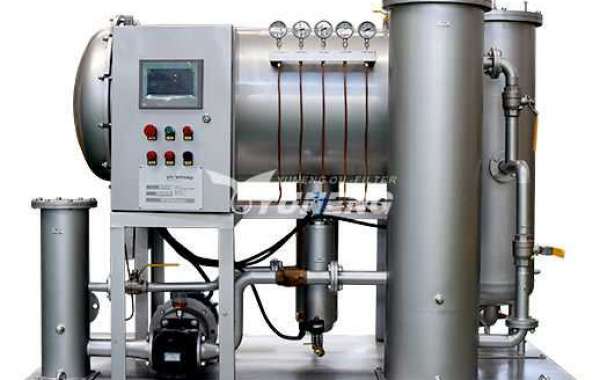Understanding the Costs of Oil Replacement
The costs associated with oil replacement are straightforward:
Purchase of new oil: This is the most obvious expense.
Labor costs: The time spent draining old oil and refilling with new oil.
Disposal costs: Proper disposal of used oil can incur additional fees.
Downtime: While often minimal, there is a period of equipment downtime during the oil change process.
The Benefits of Oil Purifiers
Oil purifiers work by removing contaminants from the oil, extending its lifespan. The benefits include:
Extended oil life: By removing contaminants, the oil can be used for longer periods.
Reduced oil consumption: Less frequent oil changes mean lower oil purchases.
Reduced labor costs: Fewer oil changes equate to less labor time.
Reduced downtime: Less frequent oil changes mean less equipment downtime.
Environmental benefits: Less oil waste and proper disposal contribute to environmental sustainability.
Cost-Benefit Analysis
The decision to use an oil purifier depends on various factors:
Equipment type and size: Larger, more critical equipment might benefit more from oil purification.
Oil condition monitoring: Regular oil analysis can help determine the optimal oil change or purification interval.
Initial investment: Oil purifiers require an upfront investment.
Operational costs: Consider energy consumption, maintenance, and consumables.
Oil disposal regulations: Stricter regulations might make oil purification more attractive.
Generally, oil purification becomes more cost-effective when:
Equipment is critical to operations and downtime is expensive.
Oil contamination rates are high.
Oil disposal costs are significant.
Environmental regulations are stringent.
Case Studies and Considerations
Many industries have successfully implemented oil purification systems with positive results. For instance, manufacturing plants, power generation facilities, and mining operations have reported significant cost savings and improved equipment reliability.
However, it's essential to consider the specific conditions of your operation. A pilot program might be beneficial to evaluate the performance of an oil purifier in your environment.
Conclusion
The choice between oil replacement and oil purification is a strategic decision that requires careful consideration of various factors. While oil replacement is a traditional approach, oil purifiers offer potential cost savings, environmental benefits, and improved equipment performance. By conducting a thorough cost-benefit analysis tailored to your specific operations, you can make an informed choice that optimizes your maintenance strategy.








